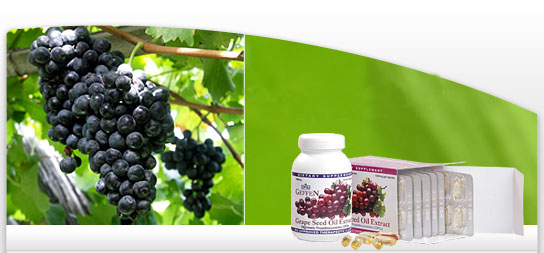
|
|
|
Dulse (Palmaria palmata), also called dillisk or creathnach, is a red alga that grows along the northern coasts of the Atlantic and Pacific oceans, where it is a traditional food. Dulse grows attached to rocks by a "holdfast". It is commonly used in Ireland and Atlantic Canada both as food and medicinally and is now shipped around the globe. Dulse is found in many health food stores or fish markets or can be ordered directly from local distributors. Dulse grows from the mid tide portion of the intertidal zone (the area between the high tide and low tide) and into deep water. Fronds may vary from rose to reddish-purple, and range from about 20 to 40 cm (8" to 16"). From June through September, it is picked by hand at low water, brought to drying fields (or spreading grounds) and put through a shaker to remove shells pieces, etc. The fronds are spread thinly on netting and left to dry, turned once and rolled into large bales to be packaged or ground later. Grand Manan Island in the Bay of Fundy, Canada, is known for the best dulse because of the geography of the island. On the western side of the island, high cliffs shade the intertidal zone--protecting dulse from bright sunlight during the morning. "Dark Harbour Dulse" named after a protected salt water pond on the western side of the island, is darker, thicker and more flavourful than dulse growing elsewhere, including the eastern side of Grand Manan and the other islands in the Grand Manan Archipelago. Sun-dried dulse is eaten as is or is ground into flakes or a powder. It can also be pan fried quickly (garlic butter optional) into tasty chips, baked in the oven covered with cheese then add salsa, or microwaved briefly for a crispy treat. It can also be used in soups, chowders, sandwiches and salads, or added to bread/pizza dough. Fresh dulse can be eaten directly off the rocks before sun-drying. A variety of dulse is cultivated in Nova Scotia and marketed as Sea Parsley, sold fresh in the produce section. Fresh dulse can also be pressed in a plant press and mounted on cards or as a collage, mixed with other seaweeds or plants and flowers. The reddish translucent, dried plants make an attractive specimen. They should be protected from direct sunlight when displayed. Dulse is a good source of dietary requirements. A handful will provide more than 100% of the daily amount of Vitamin B6, 66% of Vitamin B12, a day's supply of iron and fluoride (great for strong teeth), and it is relatively low in sodium and high in potassium. The following chart shows the details of the nutritive value of dulse.
|
|
|